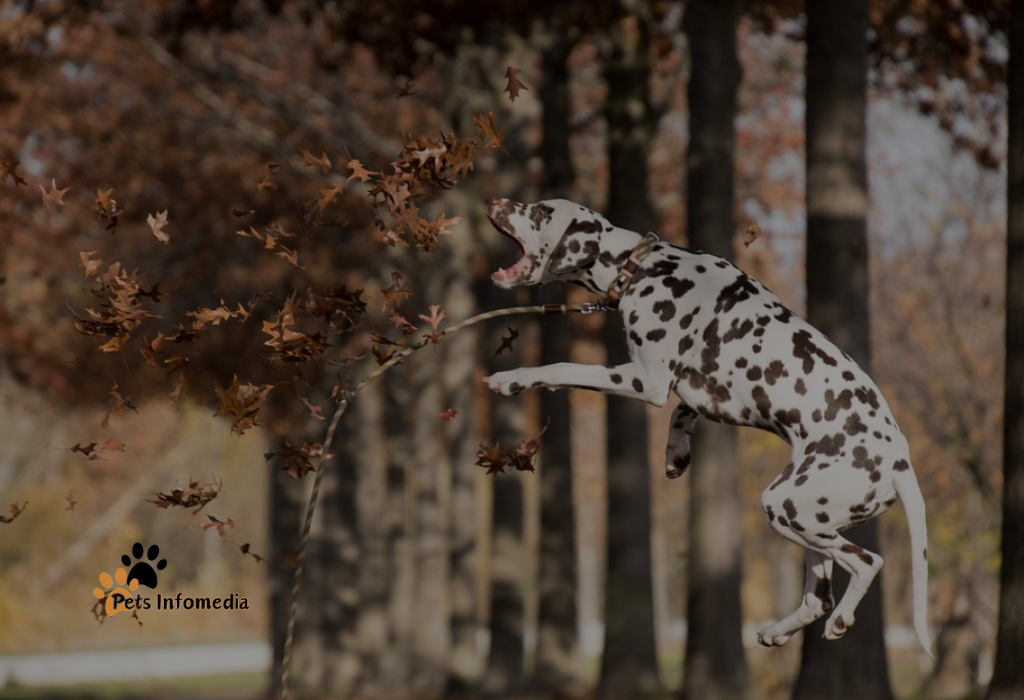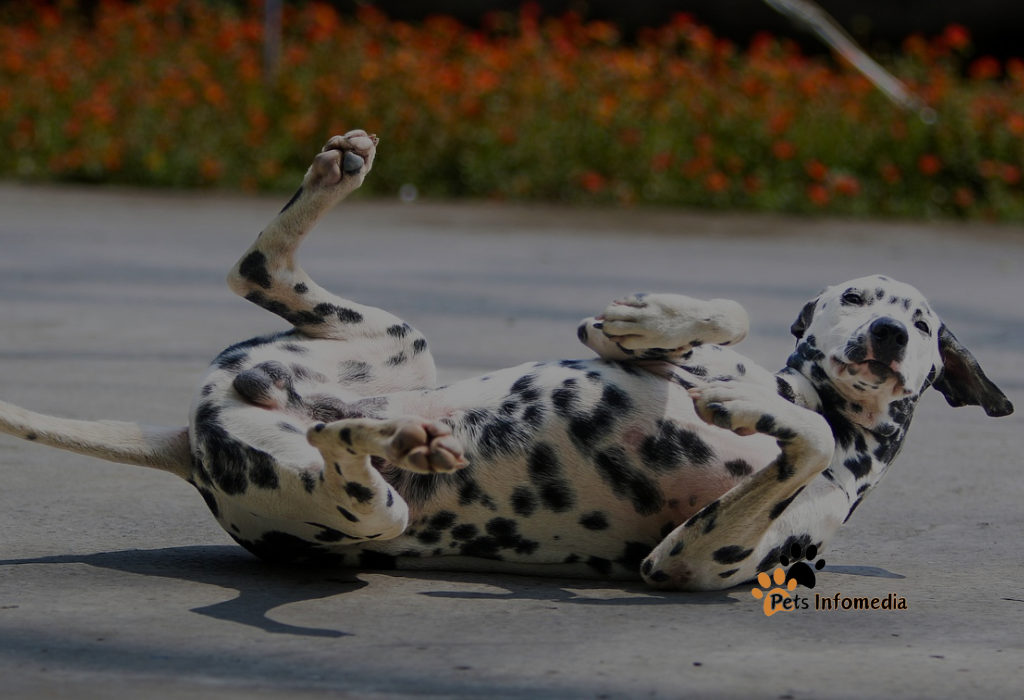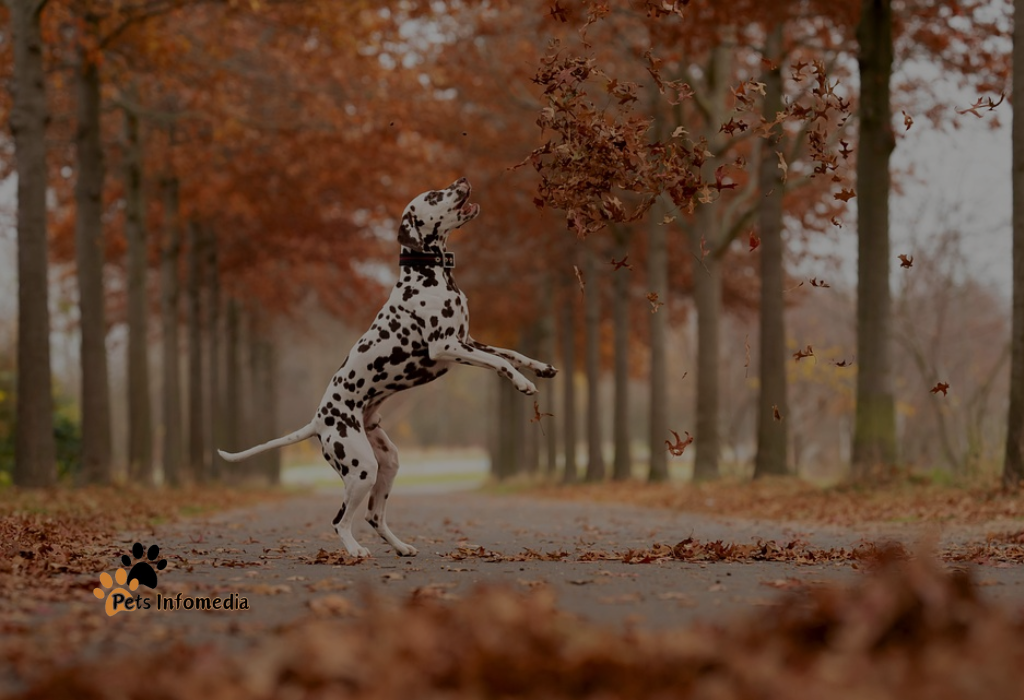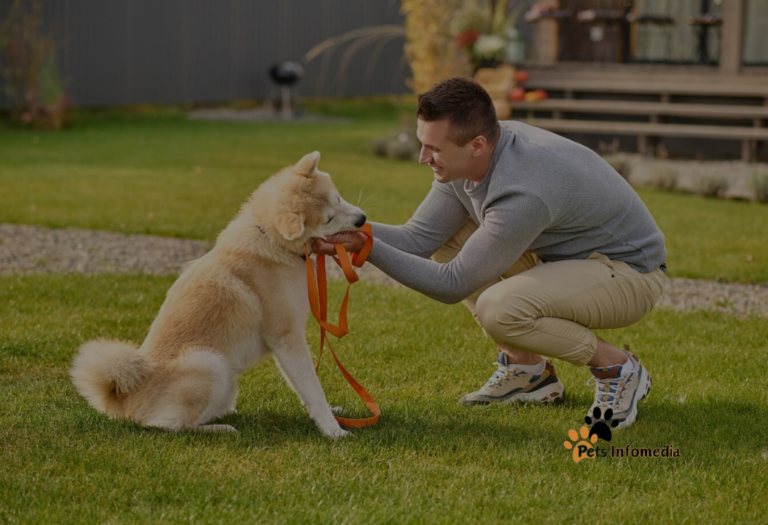A dog with snowy white fur and lemon-coloured spots exists in the world today. As a breed variation of the standard black and white Dalmatian, we find the Lemon Dalmatian. The unique characteristics of these dogs make them stand apart from regular Dalmatians.
Table of Contents
ToggleWhat is a Lemon Dalmatian?
Lemon Dalmatians represent standard Dalmatians since their main difference lies in their lemon-coloured spots rather than their traditional black spots. These dogs retain their purebred Dalmatian heritage, but their unusual genetics produce distinguishable bright yellow spots.

How do lemon Dalmatians get their color?
The e/e gene generates lemon coloration along with a complementary gene that dilutes coat color to cream or paler yellow tones. A combination of genetic factors from both parents enables their puppies to develop lemon colorations.
Their fundamental traits remain identical to those of regular black-spotted Dalmatians.
Orange-colored Dalmatians have the same body structure and personality traits as black-spotted Dalmatians.
Size of Lemon Dalmatian
These dogs stand at 19 to 24 inches in height and have 45 to 70 pounds of weight, like standard black-spotted Dalmatians. These dogs prove to be an ideal choice for families who want active pets because they combine intelligence with playful nature and deep loyalty and love towards their human counterparts.
Can You Find Lemon Dalmatian Easily?
Due to genetic requirements that produce their distinctive color pattern, Lemon Dalmatians remain an exceptionally infrequent breed. People like lemon-colored Dalmatians because they appear distinctive from standard black-spotted variant 23.
Are lemon dalmatian rare?
Yes! Among the various colors of dog spots, lemon stands out, while orange and red emerge only rarely in specific dogs. Corgis can also be found in brilliant tri-color combinations and interesting brindle patterns alongside the regular colorations. The pattern weaves various colors into a single coat appearance on one dog.

Do Kennel Clubs Recognize Lemon Dalmatians?
Kennel clubs like the American Kennel Club (AKC) do not formally acknowledge Lemon Dalmatians because these dogs fail to meet their established requirements for black-spotted breed standards25.
Taking Care of Your Lemon Spotted Friend
If you ever get a chance to have one of these amazing dogs at home:
- Daily Exercise: Dogs require daily physical exercise because of their high energy levels.
- Grooming: Regularity of coat brushings will help maintain cleanliness in their coats.
- Health Check: Routine health check-ups with your veterinarian enable early identification of potential medical problems.
Are Lemon Dalmatian deaf?
Some spotted breeds, including standard black-spotted dogs, transmit genetic deafness to their puppies at birth. Despite their potential hearing disability, they make excellent pets.
Fun Facts About All Types of Spotted Dogs
The following reasons make spotted friends so popular among people:
Each spotted dog possesses a unique coat pattern, which makes every dog distinctly different, just like a customized set of fingerprints.

The ancestors of these amicable dogs originated from Croatia within the past centuries.
Work Ethic: Despite their disuse in horse-drawn carriages and fire trucks hundreds of years ago, spotted dogs continue to display their brave yet obedient nature.
Well-trained spotted dogs make great family pets, although they become too energetic for unsupervised young children.
Long-Haired Variants: Lemon Dalmatian?
Information regarding long-haired variations of dals remains scarce at this time, but researchers anticipate their discovery some day.
Blue Spots? The blue-lemon color combination would make for a really attractive mix, but these spots are rare to spot.
Conclusion
Lemon Spotted Dogs spread happiness to every place they visit, no matter if you just discovered them or you’ve always been their lover. When someone speaks about “Dals,” keep the bright lemon-colored spots in mind among their white coats.







